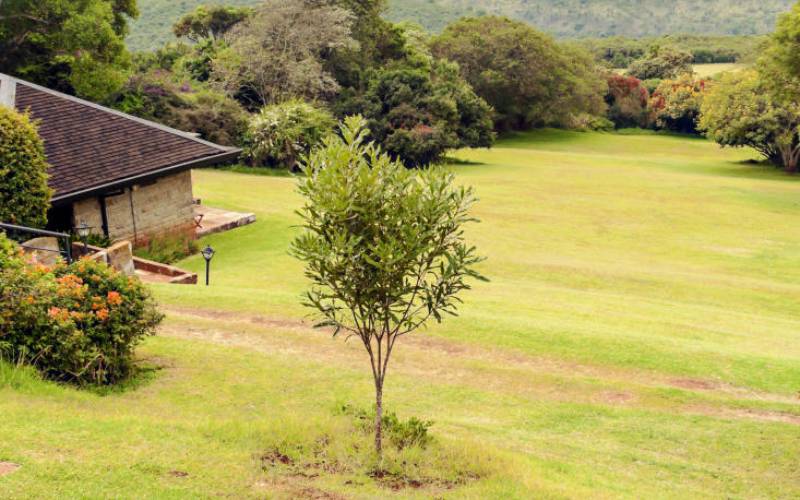×
The Standard e-Paper
Stay Informed, Even Offline

Economists and real estate analysts were still explaining why people were increasingly relocating from Nairobi’s suburbs to satellite towns further out when something happened.